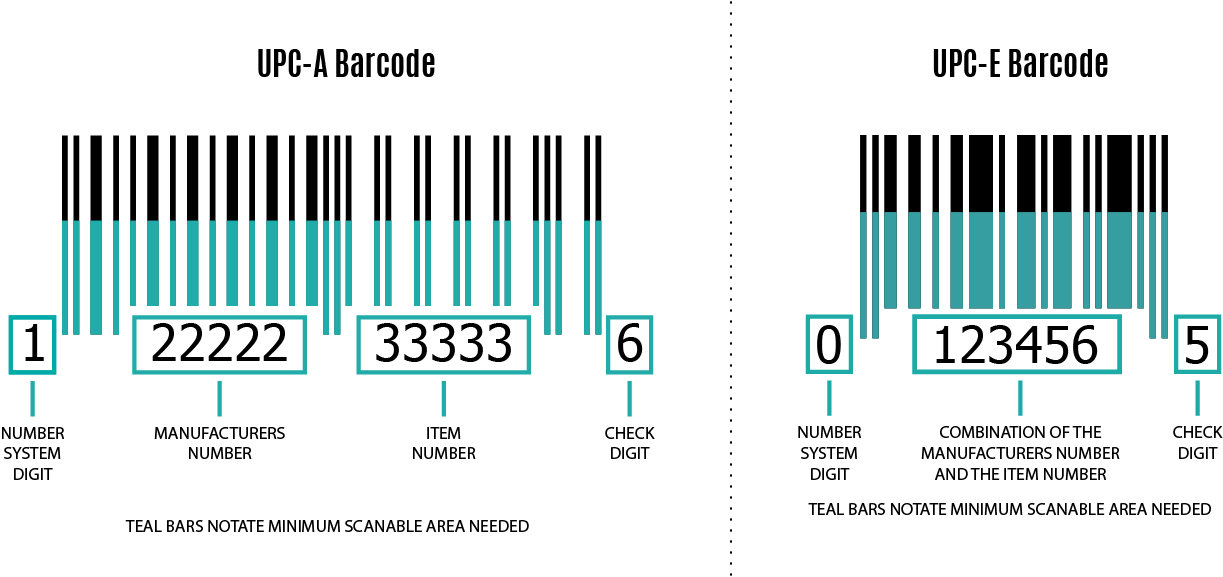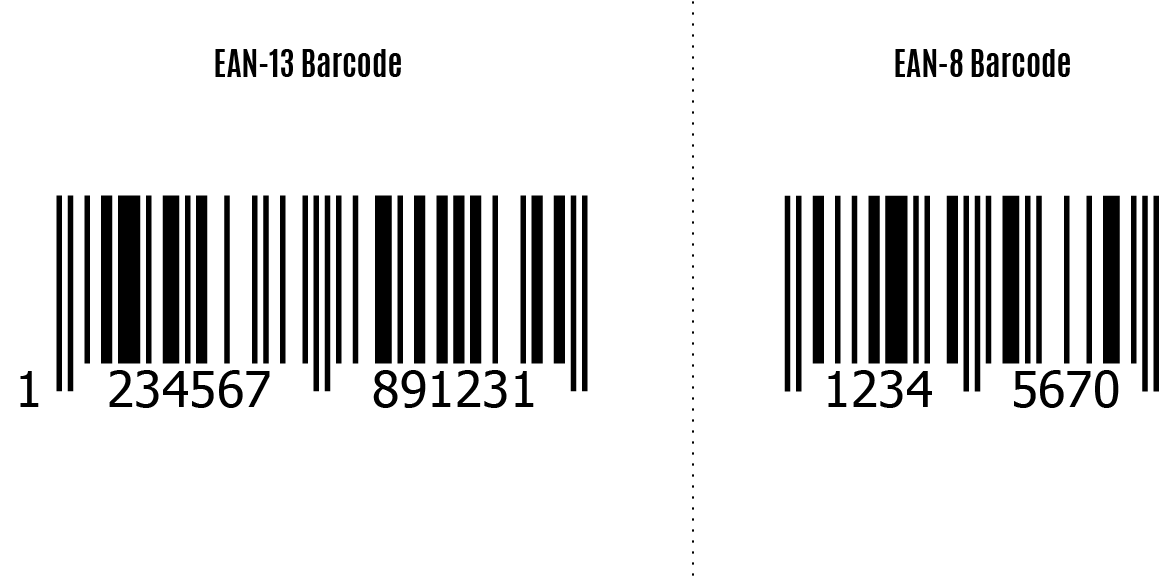The retail industry is always booming. Everyday, products fly off the shelf into grocery basket with little thought as to how the whole retail ‘be-hind the scenes’ business works. Products are inventoried and every bar code is scanned at checkout. Many people assume all bar codes are the same, which they are not. There are different types of bar codes used throughout each industry. UPC bar codes are used to label and scan consumer goods at points-of-sale around the world. The UPC-A variation encodes 12 numerical digits while UPC-E is a smaller version, which encodes only 6 numerical digits. At Paper Roo Package Design and Branding we are often asked from clients – “Which bar code should we be using?” And “How do we obtain bar codes for our products?” Here is a quick overview of bar codes and where to get them.
What are the different types of bar codes?
There are one-dimensional and two-dimensional bar code types – UPC, EAN are the two one-dimensional codes we will be discussing below widely used in the retail industry. One-dimensional (or 1D bar codes) represent data by varying widths and spacing of parallel lines, and may be referred to as one-dimensional. These include most of the traditional widely used bar code types in the retail industry such as UPC and EAN bar codes.
UPC Bar code
UPC bar codes are used to label and scan consumer goods at points-of-sale — mainly in the United States. These codes are also used in the United Kingdom, Australia, New Zealand and a few other countries. The UPC-A variation encodes 12 numerical digits while UPC-E is a smaller version (often used for small retail items), which encodes only 6 numerical digits. A UPC-A bar code can be converted to a UPC-E bar code and thanks to the internet, there are websites that will convert it for you, for free!
UPC-A and UPC- E Bar code Examples
Note: A manufacturers number can be made up of 6-10 digits.
EAN Bar code
EAN bar codes are used to label and scan consumer goods at points-of-sale — mainly in the Europe. They look very similar to UPC codes, and the main distinction is their geographical application. While EAN-13 (13 digits) is the more widely bar code used, you’ll find EAN-8 (8 digits) bar codes on products where only smaller spaces are available such as some over the counter medications and candy. Other variations are EAN-13, EAN-8, JAN-13, ISBN, ISSN – All used in retail.
EAN-13 and EAN-8 Bar code Examples
For all UPC and EAN Bar codes: The quiet zone or the “white space around the bar code” must be 10x the width of the narrowest bar in order for the scanner to read.
Where do I obtain bar codes for my products?
Most retailers require you to have GS1 compliant UPCs. Working with GS1, you can rest assured that your bar codes and unique numbers will be accepted by major retailers and distributors all over the world. You can simply go to the GS1 Website and start the process of registering your business into the database for a GS1 Company prefix and find your way to bar codes for your products!
There are many other types of bar codes that are used throughout the world, in different industries. We only focused on the UPC and EAN bar codes that Paper Roo Package Design and Branding clients in the USA and Europe use for retail packaging. We hope this helps you in your bar code journey. We are always happy to help you with this process, if needed. If you already have your bar code numbers ready, we can easily help you generate the illustrator files for each bar code so they are ready for your packaging! Of course, if we are designing your packaging, we will automatically generate your bar codes for you. All you have to do is send us the numbers, it is that easy!
Please send us an email via our contact page if you have any questions. We are always happy to point you in the right direction!




